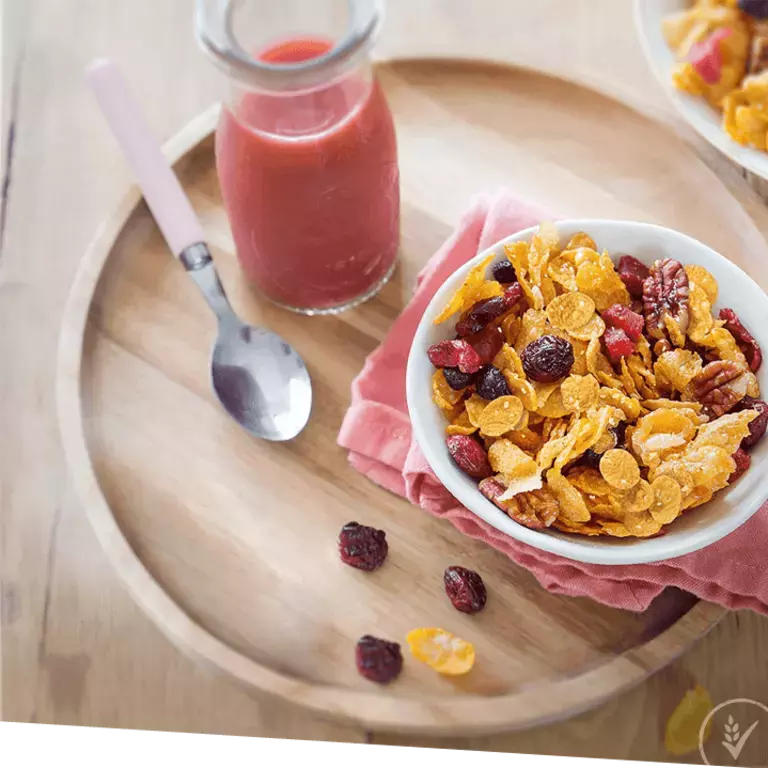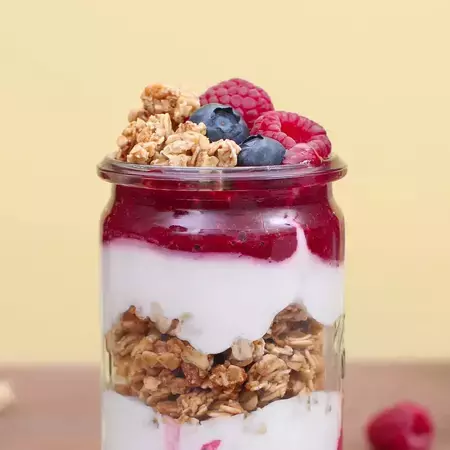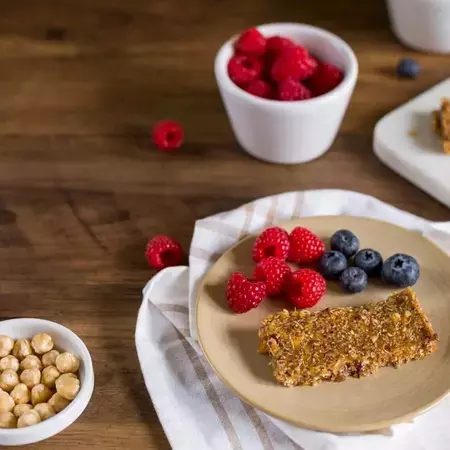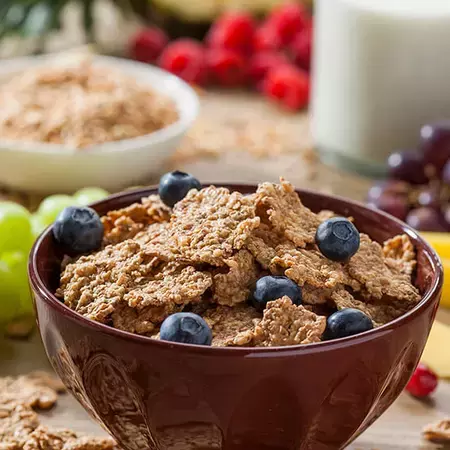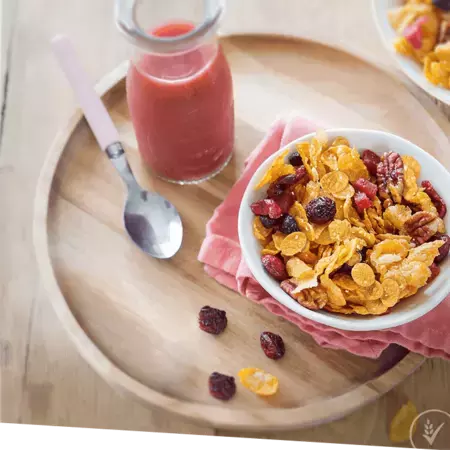How much should you put in the bowl? As each cereal is a different shape and size, try our cereal portion guidance tips to find the answer…
FINDING THE RIGHT CEREAL PORTION
A bowl of cereal as part of a balanced breakfast is a great way to start the day, but how much cereal you consume should depend on your energy needs. When it comes to cereal, we have found that a 30 gram portion fits well with the energy needs of a child between 6 and 8 years old as part of a balanced breakfast. In fact, this is the standard portion reference that we use on most of our cereal packs. This reference value makes it easy to compare the nutrition values of one cereal to another.

However, energy needs are variable. Some of the main factors to determine energy needs are age, size and activity level. Many adults and teenagers have higher energy needs than children simply because they are bigger. As a result, teens and adults are likely to consume more than children, and so we would recommend larger cereal portions.
Keep things simple by remembering the following approximate cereal portion guidance: 25 to 30 grams for children and 30 to 45 grams for adults.
So what does that mean for my favourite cereal?
Every different cereal has a different shape, volume and thus density, so the same portion may look different.

#1: WEIGH
Of course, the most accurate way to get 30 or 45 grams of cereal in a bowl is to weigh it! When you've done it once, you'll know what the portion looks like in your favourite cereal bowl, and you probably won't need to do it again. But to save you time hunting for your kitchen scale, we have some other methods which can help you get a similar result, with the help of our cereal portion guidance chart at the bottom of this page.

#2: MEASURE
An easy way to measure your cereal is to spoon out a certain number of tablespoons. Well, it sounds easy until you remember that spoons come in different sizes! Our tablespoon measures 11.2 ml (and not 15 ml, as often used as a tablespoon cooking measurement), to be as close as possible to the tablespoons you normally use to eat. Here’s the dimensions of the spoon we used, so you can decide which spoon from your drawer should be used for measuring. Once you get the right spoon, refer to your cereal pack, or the chart at the bottom of this page to check how many spoonfuls are in a portion.

#3: COUNT
Counting is fun and kids like it. We’ve found the number of pieces it takes to get the desired weight in the bowl. Of course, this method only works for cereals made of regular pieces that are all about the same weight. You may not have the time to do it every day, but why not try it on the weekend?

The portion chart
Pick your method and use this simple chart to get the suggested cereal portion. Whether you’re measuring the number of tablespoons or number of pieces, you’ll find the suggested portion for your favourite cereal. It’s not as precise as weighing, but it will help you get an approximate portion for everyone from the youngest to the oldest member of your family. We hope you’ll enjoy filling your bowls as much as emptying them! And remember, to complete your breakfast by adding fresh fruit, dairy or alternative protein beverage and, if you like, a handful of nuts. Bon appétit!
How much milk do you have with cereal?
A 30-gram portion of cereals pairs up nicely with 125ml of milk. Whether you prefer the dairy version or you usually go for the lactose-free drinks such as soy, coconut or almond drinks, aim to pour 125ml for a heavenly breakfast. Find out why they make such a great pairing with our article about cereal and milk, and discover delicious plant-based drinks you can try with cereals.
Serving cereals with alternative milk drinks
Many alternative milk drinks are lower in calories than dairy milk. So why not venture out into the world of plant-based drinks and add almond or coconut drinks to your bowl of cereals? Their exciting flavours will tempt you to use them in your coffee too!
How many calories should breakfast be?
Aim for 300-400 calories for your first meal of the day. When enjoying cereals, it’s very easy to calculate the number of calories for each breakfast. Check out the labels on your cereals and milk, measure the quantities and you can work out straightaway if you’re over the recommended number of calories.
Serving cereals with fruits
If you’re aiming for your five portions of fruits and vegetables a day, check out the best fruits for breakfast. From exotic twists to citrusy breakfasts, you can add almost any fruit under the sun to your cereal bowl. These combinations are so full of flavour and colour, you will want to try them again and again.
We hope you’ll enjoy filling your bowls as much as emptying them! Remember that there are many tasty cereal toppings ideas you can add to your breakfast. Explore all of them, next!
What really makes a healthy breakfast? The International Breakfast Research Initiative (IBRI)
At CPW, we promise to make breakfast better. But what does a nutritionally better breakfast actually look like? The IBRI, led by world-renowned nutrition experts, has helped us to answer this question. Find out exactly what constitutes a healthy breakfast and more on this page.

